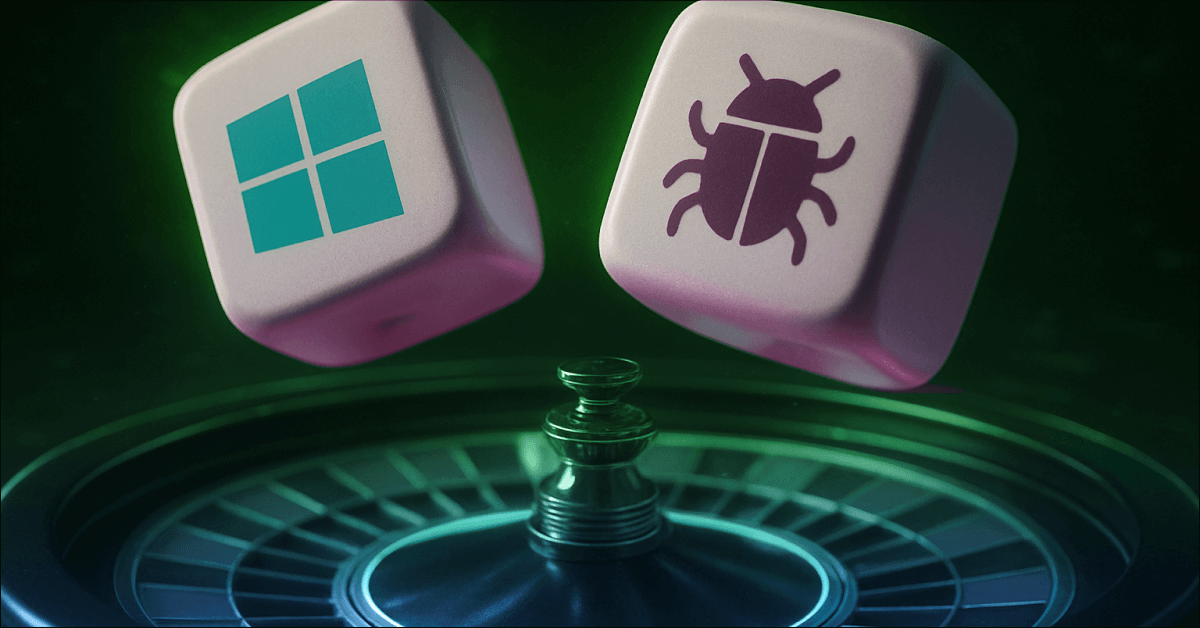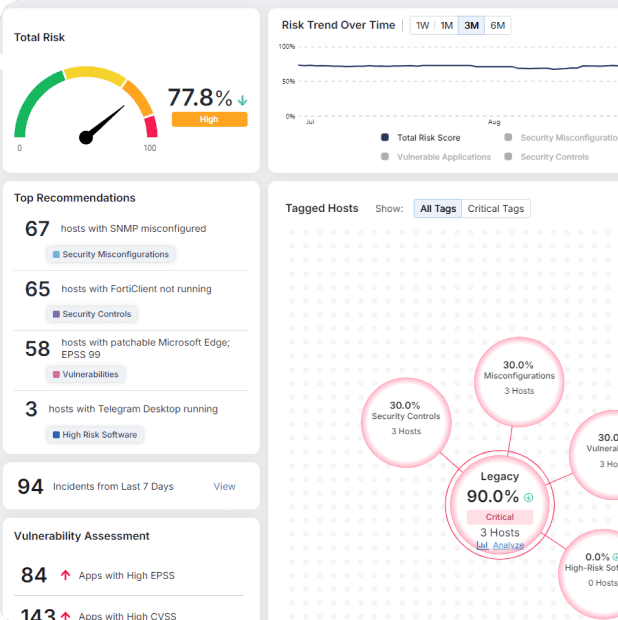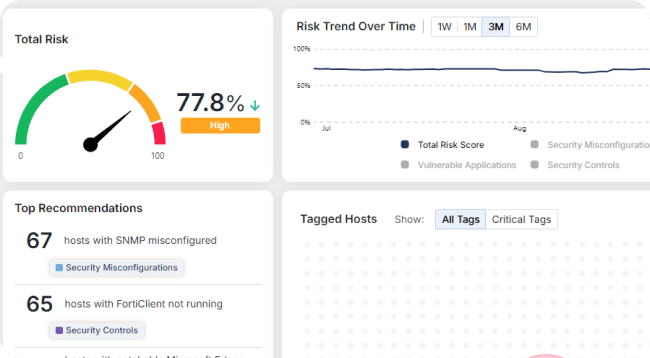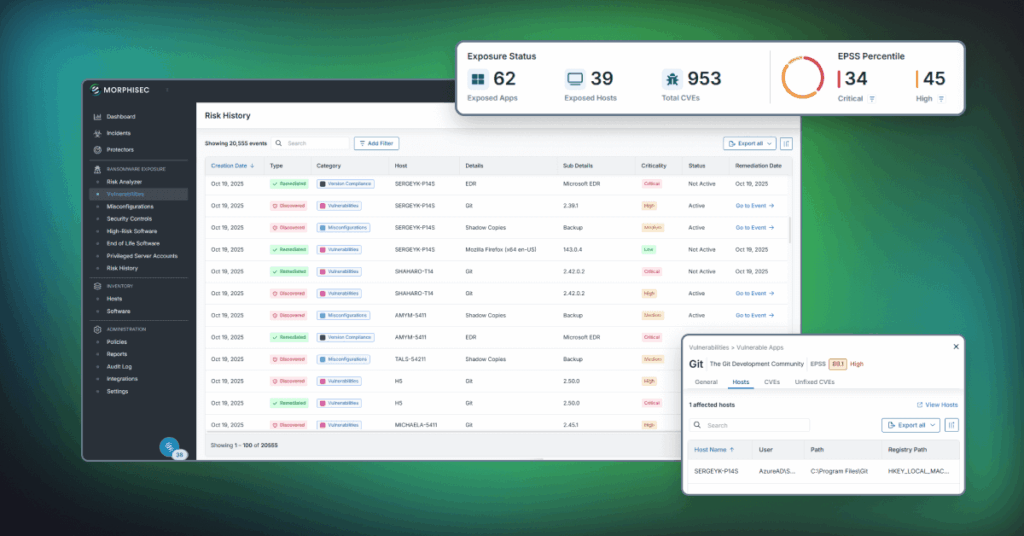The ESU Gamble: Why Windows 10 Extended Security Updates Are a Risk You Can’t Afford

With Microsoft’s Windows 10 end-of-life (EOL) deadline upon us, many organizations are placing a risky bet on Extended Security Updates (ESUs) to buy more time. It might seem like a safe and convenient option—a way to delay expensive hardware upgrades or time-consuming migrations—but that perception is dangerously misleading.
ESUs are a temporary Band-Aid, not a cure.
The Limits of ESUs: A Short-term Patch for a Long-term Problem
While they address some known vulnerabilities, ESUs do nothing to protect against zero-days, in-memory exploits, or fileless attacks. These are the tactics cybercriminals rely on most today—and they bypass traditional defenses with ease. As ransomware continues to surge and threat actors become more sophisticated, every unpatched Windows 10 device becomes an open target.
Relying solely on ESUs is like patching a sinking ship while ignoring the waves crashing over it.
They’re limited in scope, short-lived, and expensive. The program itself ends in October 2026, leaving organizations back where they started—only with higher costs and greater risk. At $50–$100 per endpoint annually, those costs add up fast for businesses managing hundreds or thousands of devices.
Add to that, the operational downtime, recovery expenses, and reputational damage from a ransomware attack, and the short-term “savings” quickly evaporate.
Legacy Systems: The Low-Hanging Fruit for Cybercriminals
The reality is that legacy systems like Windows 10 are magnets for attackers.
They contain a trove of known vulnerabilities that adversaries continue to recycle and weaponize. Even with ESUs in place, fileless malware and in-memory attacks can slip right past antivirus and EDR solutions. For example, CVE-2025-29824, a recently exploited zero-day in Windows 10, was leveraged by ransomware groups in active campaigns—completely outside the protection scope of ESUs.
For many organizations, upgrading to Windows 11 isn’t immediately possible. Compatibility issues, specialized hardware, and operational dependencies all make migration a gradual process. That’s where Morphisec steps in—with a preemptive solution designed to safeguard legacy systems through the transition and beyond.
Why Morphisec is the Urgent Solution for Windows 10 EOL
Morphisec’s patented Automated Moving Target Defense (AMTD) technology fundamentally changes how systems defend themselves. Instead of waiting to detect and respond to attacks, AMTD continuously morphs the system’s runtime memory, hiding critical assets and replacing them with decoys.
Attackers are effectively blinded and trapped before they can execute their payloads. It’s a proactive approach that stops threats before they ever take hold—including ransomware, zero-days, and fileless malware.
Unlike ESUs, Morphisec requires no updates, patching, or signatures, making it ideal for environments where systems are air-gapped or cannot connect to the cloud. At just 6 MB, the lightweight agent deploys instantly without any performance impact.
More importantly, it costs a fraction of what organizations would spend on ESUs or recovery from a single ransomware attack.
The Cost of Waiting: History Repeats Itself
The danger of waiting is all too familiar.
The WannaCry ransomware outbreak is a sobering reminder of how quickly outdated systems can become entry points for catastrophic breaches. Even with patches available, organizations that delayed action suffered billions in damages. The same pattern is likely to repeat when ESUs expire—attackers are waiting for that moment to exploit millions of unprotected Windows 10 devices.
Beyond the threat of ransomware, compliance and regulatory consequences loom large. In industries such as healthcare, finance, and government, unsupported systems can trigger audit failures, fines, and severe reputational damage. Compounding the problem, outdated systems anywhere in a supply chain can introduce cascading risk across interconnected environments.
Morphisec provides the bridge organizations need to move securely into the future. It enables teams to protect Windows 10 systems now while preparing for a smooth migration to Windows 11—on their own timeline.
Morphisec’s Anti-Ransomware Assurance suite, powered by AMTD, delivers consistent protection across hybrid environments, ensuring security parity whether a device is running Windows 10 or 11. And because it prevents attacks before they execute, Morphisec offers immediate return on investment by reducing ransomware risk, downtime, and recovery costs.
Morphisec: The Bridge to a Secure, Future-Ready Environment
The end of Windows 10 support isn’t just another IT milestone—it’s a security cliff.
Once ESUs expire, every unprotected device becomes a potential breach point. The question isn’t whether attackers will exploit it—it’s how quickly.
Morphisec offers a smarter, safer, and more sustainable alternative. By eliminating the need for reactive patching and delivering proactive, preemptive defense, organizations can protect their legacy systems, maintain compliance, and ensure business continuity—without waiting for disaster to strike.
Stop gambling with ESUs. Start acting with AMTD.
With Morphisec, your organization can secure its Windows 10 systems today, safeguard its legacy infrastructure, and step confidently into the future. Schedule a demo today to learn how and see the platform in action.
Stay up-to-date
Get the latest resources, news, and threat research delivered to your inbox.




















